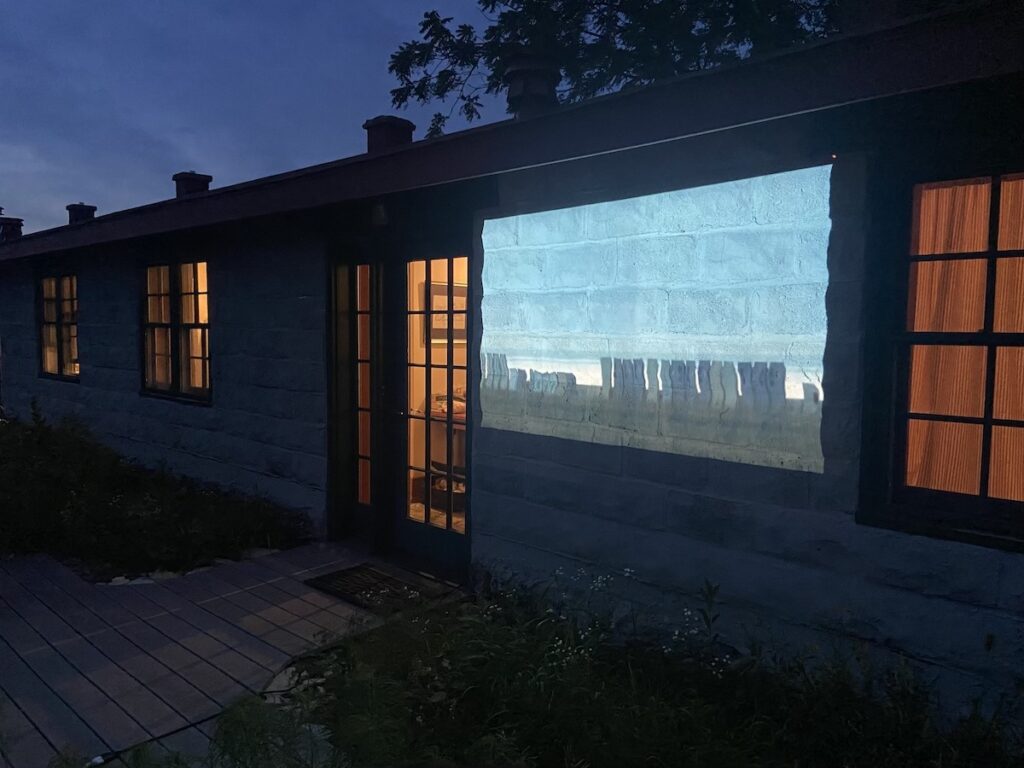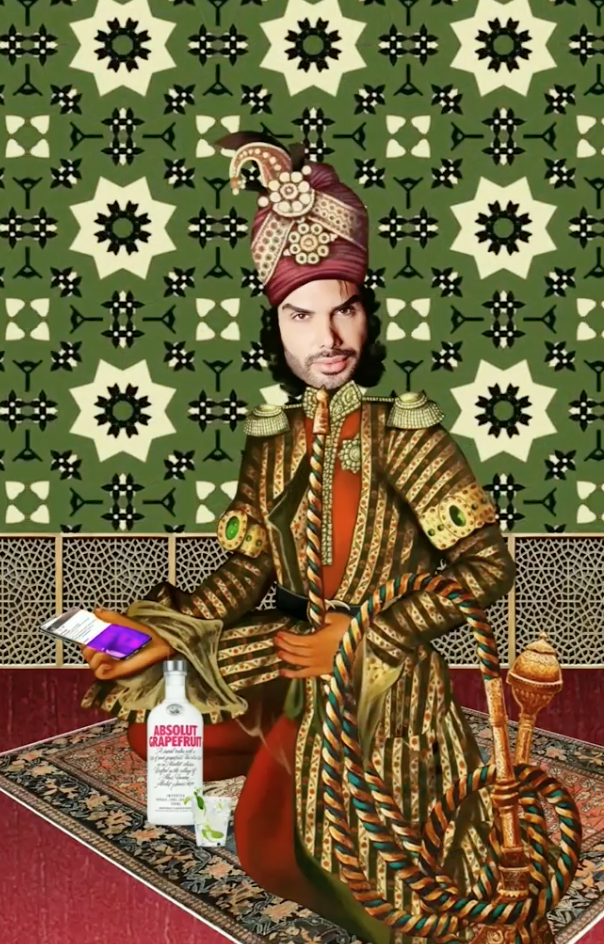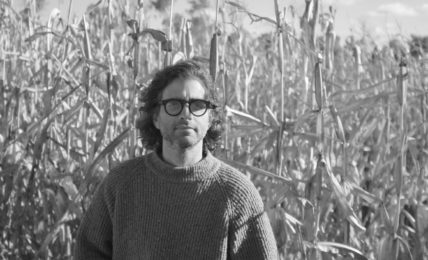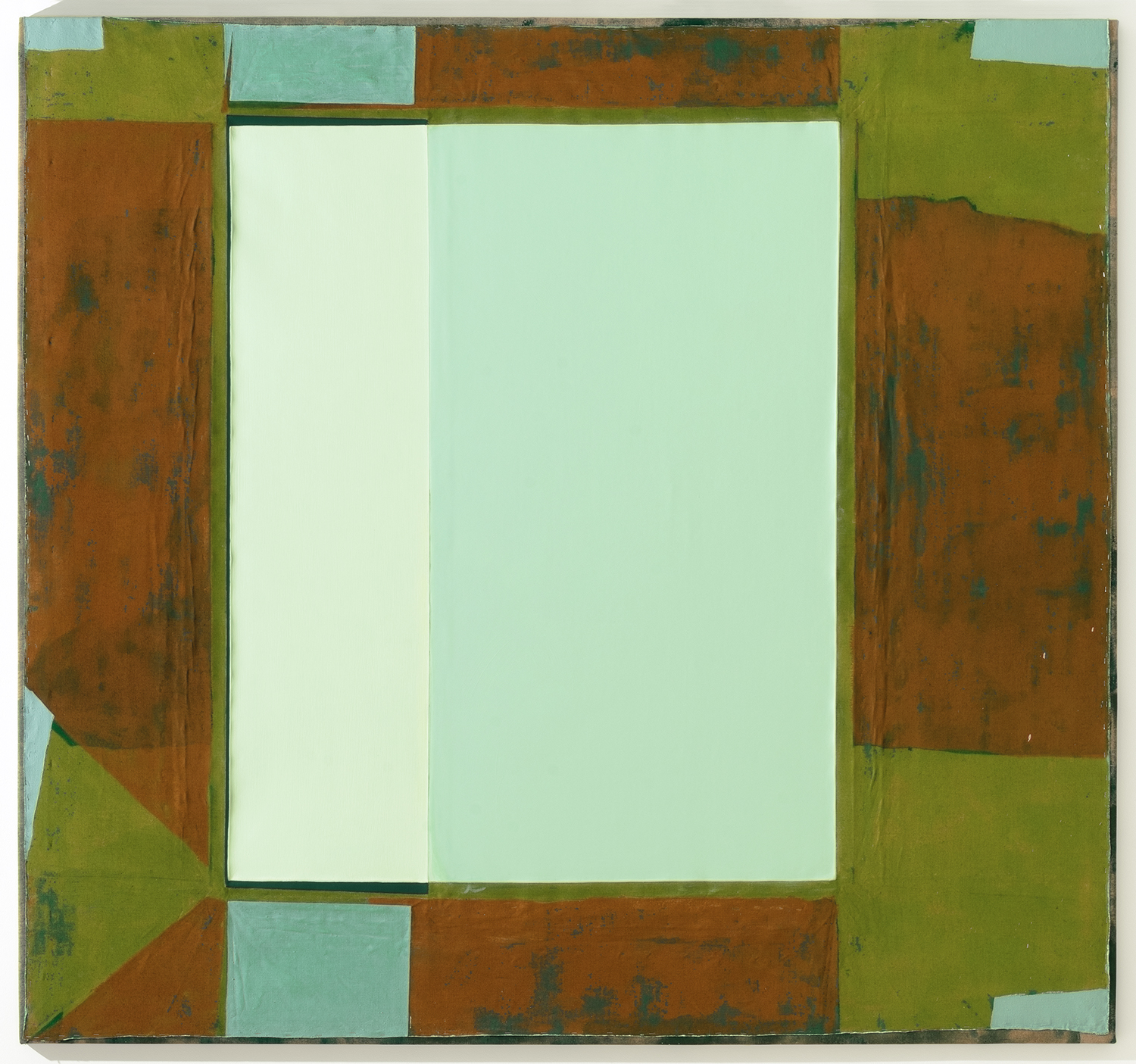Digital America interviewed Vidya Giri in April of 2024 about her work href.place.
:::
Digital America: In your project href.place (2024) you explore the digital landscape by transforming it into tangible postcards, echoing the essence of the significant collaborative public art project of the early internet, PostSecret, a postcard collective. Both projects span the digital and physical forms and rely on viewer participation. Was there a history that drew you to postcards, specifically, as a way to merge the physical and digital? Does it provoke the viewer to reshape their perception of online spaces in some way?
Vidya Giri: I was initially drawn to involving postcards as they are a tangible piece of artwork I could send to the correspondents of the project. I find PostSecret and the larger histories of mail art to be quite interesting as they directly deliver art to the viewer and can be a part of a larger correspondence, making a connection between people over time and across distances. I also find that there is delight in not knowing exactly when mail will get to you as it travels across physical space before arriving in the recipient’s hands.
This project was also greatly inspired by my communication with an old friend where we used to send each other lengthy emails that were mostly made up of links and pixel art gifs that we enjoyed and thought that the other person would find interesting. Exchanging links has always meant a lot to me, and I think this idea is a larger interconnected version of my nostalgia for that experience and merging digital and physical art and spaces.
By personally crafting these recommended links as website postcards I hope to form a more intimate connection with the participants and put more of myself into each sketch. Each href.place postcard is personally chosen, hand-drawn, and mailed for each participant. Online spaces are largely based around ideas of connecting us together and I hope that this project evokes a tiny bit of what we long for in these connections.
DigA: This conceptual project involves recommending websites to participants based on what you think they might enjoy. Can you share more about the criteria or considerations you use when selecting these recommendations and how you balance personal curation with the diversity of internet landscapes?
VG: To be honest, this is something I have thought about a lot and still don’t know if I am able to at all balance the diversity of internet landscapes in the recommendations I am providing. This project is very much focused on the given interests of those who have responded and my own biases towards what I have seen and what I can recall. Even throughout the process of this project, I have learned so much about other artists grappling with similar ideas as well as different corners of the web that I continue to crawl through. There really is so much I do not know!
However, I have greatly enjoyed going through my bookmarks and finding websites that I believe each person would enjoy, and I find a lot of joy (and pressure) in choosing websites for others. The links that others have recommended in their responses have also been super helpful in this process and I have passed many of these along as well, creating more of a connected web, interweaving our links together.
DigA: Our approach to digital spaces and digital art sometimes feels less exploratory with the explosion of GenAI tools and less focus on lo-fi experimentation. How do you think that your alternative approach to sharing digital media encourages viewers to appreciate the unique qualities of online spaces, and what impact do you hope it will have on our interactions with digital content?
VG: Right before the pandemic started (exactly in the first week of March 2020) I was lucky to find a book called Weird Webs in a mostly cleared out Half-Price Books that was shutting down. It’s a small booklet for kids, but it’s fascinating to see the way they have rendered these old websites as screenshots into a book. When I tried to go to many of these websites, nothing could be found, but I still had the remnants of the websites documented in the pages of the book and faint skeletons could occasionally be traced with the help of Wayback Machine. There is a lot to be said about the ephemerality of websites and what might end up persisting. I wonder if others still read this book from 2001 and try to access the world of Weird Webs.
I also often make small sketches of landscapes and find them to be a way to reflect on my current surroundings or an old memory or place I have been, often using pictures I’ve taken on my phone as reference.
By combining these ideas of documenting websites and sketching landscapes, I eventually end up with this very hand-drawn, imperfect process of remembering and passing along a website, which I hope is impactful in some form.
From this experience I can say that drawing out a website onto paper is quite an interesting process, especially since it’s been harder than I anticipated. In drawing a website, I have to decide what elements are best to include or accentuate, write out text heavy pages in small spaces, and figure out what colors to use and highlight. It’s definitely been an experimental process and I do think there’s an interesting contrast between this somewhat arduous and slow method of sharing digital snippets and crafting each postcard and the rapid data-driven content that social media platforms or generative AI can serve up for you in an instant.
I think overall, I would just like to highlight these digital landscapes, sketching them just as I would sketch a physical landscape of somewhere I have been. I want to use these sketches to remember these websites and also share them with others who may want to remember them too.
DigA: In your body of work you often revamp older practices and approaches like sending postcards or the slit-scan imaging techniques used in grasstrainsky (2023) by pairing these technologies with contemporary technologies such as websites or the programmatically grown wildflowers as seen in superbloom (ongoing). In what ways do these juxtapositions challenge conventional notions of technology and art, and how do they contribute to a broader discourse on the evolving relationship between the past, present, and future of creative expression?

grassstrainsky (2023)
VG: In technology and art, I think we will always continue adding on to what already exists whether that is using a craft technique that has been used for centuries or using an algorithm in a new way. I often find that ideas I have had (such as the ones that formed the projects referenced), have been thought and reflected on by others in some shape or form. However, each work will have its unique frame of reference and context for why it was created and what it might bring to that particular moment in time. I just hope to keep researching and experimenting and seeing what I will find.
DigA: What are you currently working on?
VG: I am currently working on completing the postcards for this project and once finished and mailed, they will be posted at href.place! Besides this, I am also working on some new textile and web-based works inspired by prairie landscapes and experimenting with botanical-based inks and colors.
:::
Check out Vidya Giri’s work href.place.
:::

Vidya Giri is an artist from Houston, Texas. Her art is reflective of her background, balanced between cultures, environments, and disciplines. Her current explorations revolve around collecting as a form of reflection and the parallels between natural and human-made identities and the environments they encompass.



